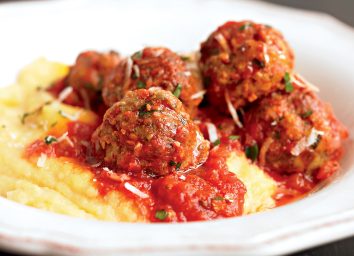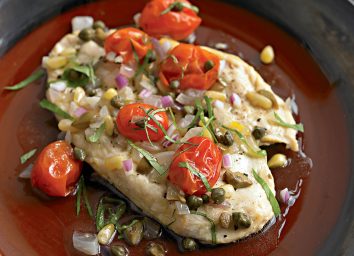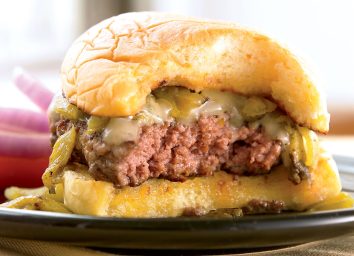The Basic Food Safety Tips First-Time Home Cooks Need to Know
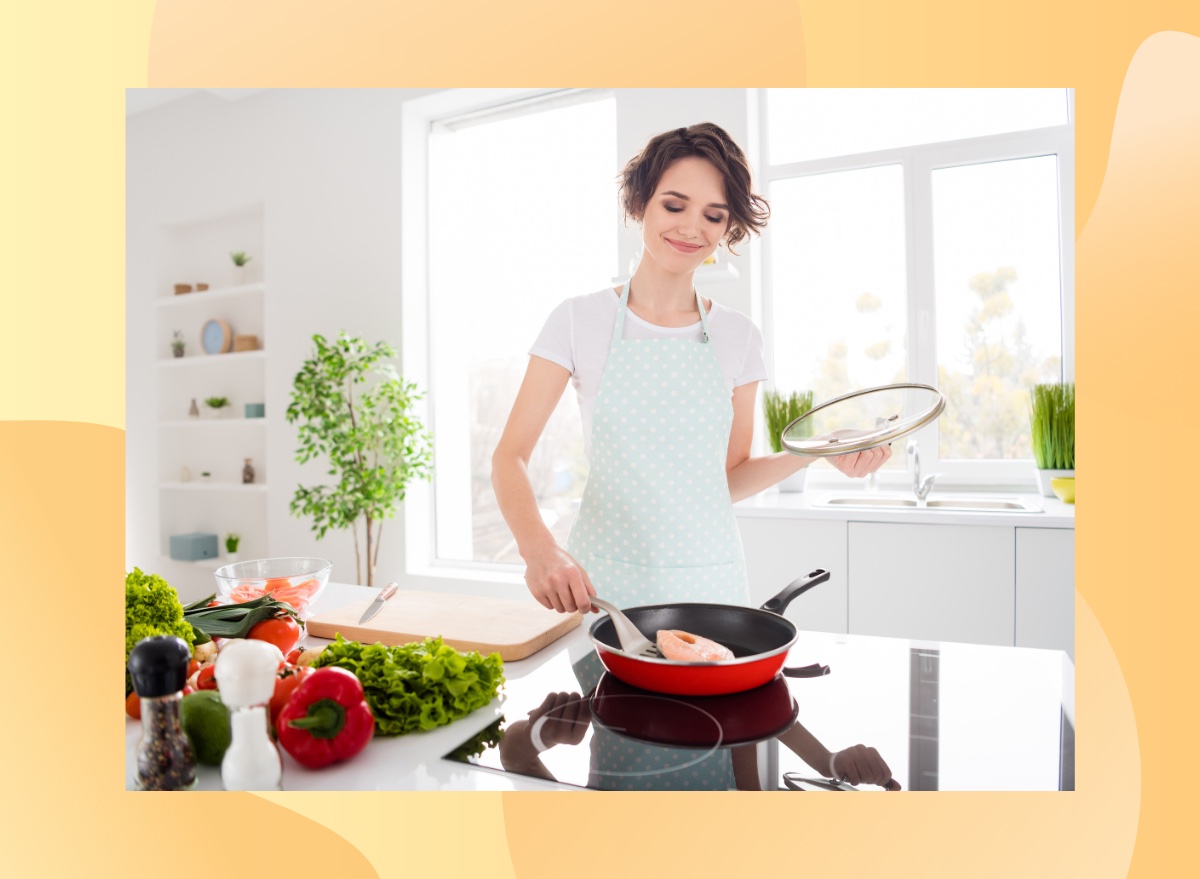
Cooking a meal at home can be intimidating, especially for first-time cooks. From choosing a recipe to finding the ingredients, as well as preparing and cooking the food, it can seem like a lot to handle. But it doesn’t have to be! Cooking can actually be fairly easy and even therapeutic. Our kitchen and cooking hacks will make your life easier and help your cooking skills get better. Knowing these basic food safety tips will ensure that you don’t get yourself sick and your dishes will come out well-cooked.
Use a food thermometer.
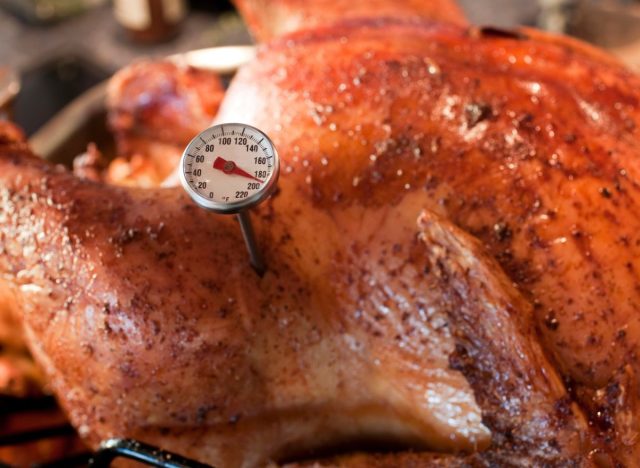
Knowing what temperatures meat and poultry should reach before serving them is important. Just eyeing meat isn’t the safest way to do it. The CDC recommends that whole cuts of beef, pork, lamb, and veal reach a minimum internal temperature of 145 degrees Fahrenheit. Fish, likewise, should reach 145 degrees, while ground beef and hamburgers should reach a minimum of 160 degrees before you serve them. For poultry and pre-cooked meats, such as hot dogs, 165 degrees Fahrenheit is safe.
Defrosting meat.
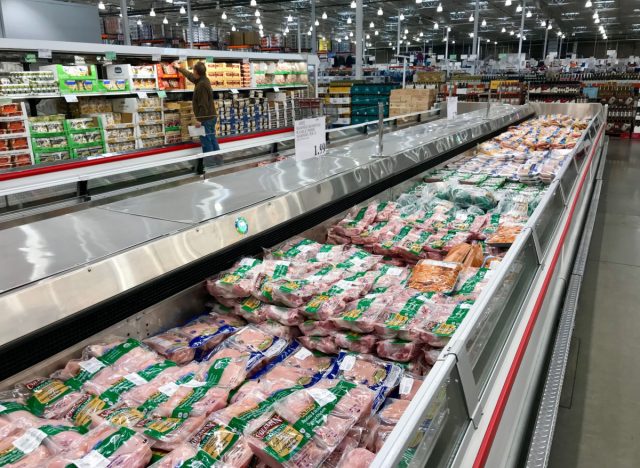
Thawing meat at room temperature can take hours for meat to defrost completely. By then a number of bacteria have made the meat unsafe to eat, even after it’s cooked. The best options are to either defrost meat in the fridge, under cold water, or in the microwave. To safely thaw meat with cold water, fill your sink until the meat is completely submerged. Replace the water in the sink every half hour to keep bacterial growth under control, and allow about two and a half hours for every five pounds of meat you’re defrosting.
Don’t put hot food in the freezer or fridge.
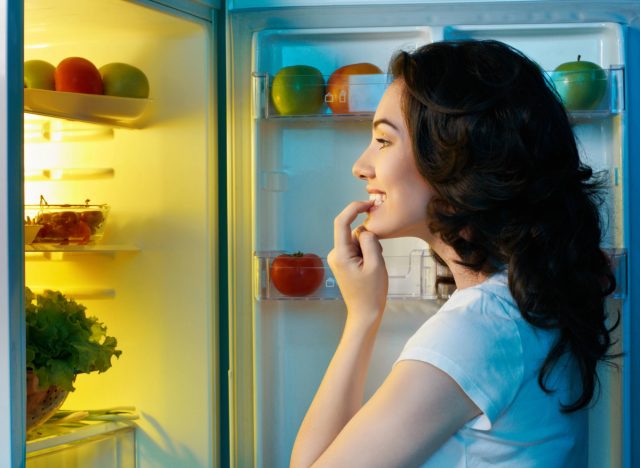
Once you’ve finished cooking your meals for the week, think twice before putting that hot food in the freezer. You want to cool it first, says Lariena Lee, R.D., and Chief Clinical Dietitian at Upper East Side Rehabilitation and Nursing Center in New York. Otherwise, you run the risk of increasing the temperature of other foods, which could translate to bacterial growth, she says. The FDA recommends cooling foods to 70 degrees Fahrenheit within the first two hours after cooking and 40 degrees Fahrenheit within four hours after that.
Marinate food in the refrigerator.
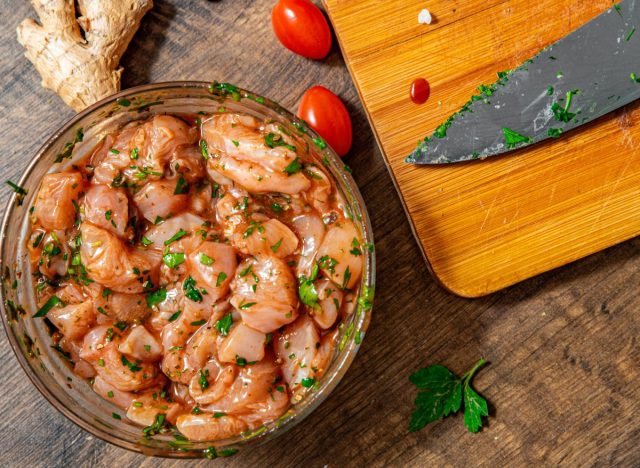
If you’re seasoning your meats on the kitchen counter and leaving them there, think again. If you leave food marinating on the counter, bacteria can quickly grow at room temperature, the FDA warns. The best way to marinate your chicken or steak is by doing it in the refrigerator.
Use multiple cutting boards.
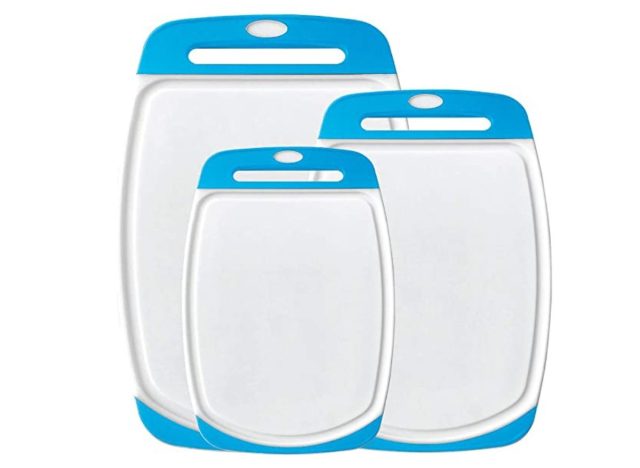
Cross-contamination is a common food safety mistake. One cutting board should be reserved for fresh produce, while another should be used for raw meat, poultry, and seafood, the USDA recommends. The last thing you want is bacteria from raw meat transferring on your veggies that require no additional cooking.
Don’t re-wash pre-washed greens.

Don’t worry about re-washing those pre-washed greens or packaged salad kits. Re-washing can cause more harm than good because you could introduce bacteria to the greens from your sink and counters.
Store leftovers properly.
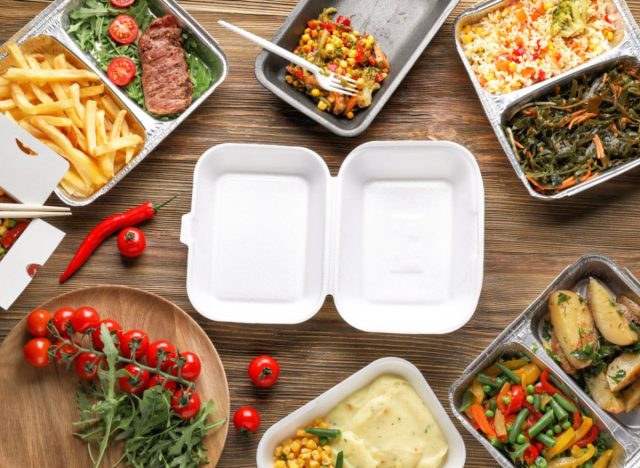
To best store your leftovers, they should be in airtight packages or sealed in storage containers, the USDA recommends. Properly sealed leftovers keep bacteria out, help food keep its moisture, and prevents collecting odors from other foods in your refrigerator.
